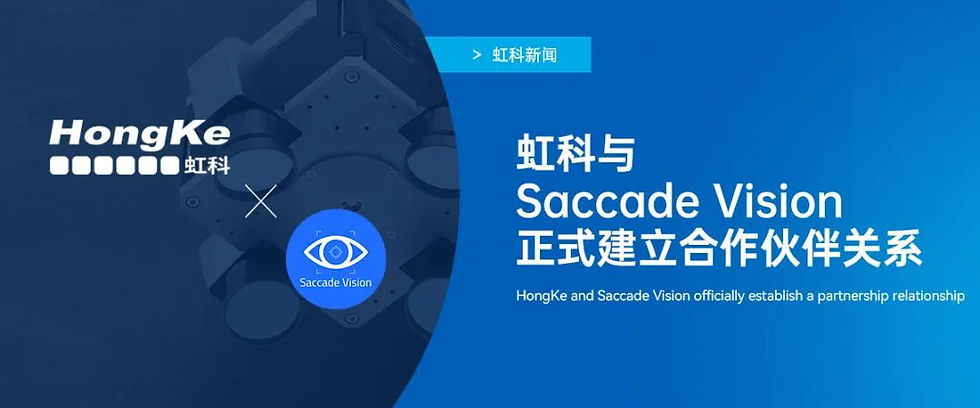Turning tech into business triumph
- Alex Shulman

- Aug 2, 2022
- 1 min read
Imaging and Machine Vision Europe, 11-07-2022
Alex Shulman, co-founder and CEO of Saccade Vision, made the point that, unlike many other sectors, machine vision start-ups tend to work across different technology disciplines. ‘Even start-ups that develop pure software products often require understanding of sensor hardware, optics, physics, communication and integration protocols, as well as deep application-specific knowledge,’ he said.

Credit: REDPIXEL.PL/shutterstock.com
Saccade Vision, which was founded in 2020, launched its MEMS-based scanning 3D vision product at the 2022 Automatica trade fair. The start-up has completed a number of pilot projects with integrators and end-customers, and has made post-pilot sales.
For Shulman, one of the major challenges, and risks, for successful computer vision applications is the quality of data acquisition, especially since this often depends on an optimal hardware setup for a specific task. Companies trying to solve a real-life problem need to avoid a garbage-in-garbage-out situation, he advised.
‘The camera resolution needs to be sufficient, as well as the effect of illumination, processing power, optics and many other real-life factors – all must be considered,’ he said. ‘It is true that with powerful and sophisticated algorithms, sub-optimal imaging may sometimes be compensated. However, this will require significant software development efforts and eventually will affect the robustness of the solution. This is one of the reasons why computer vision start-ups often require a multi-disciplinary approach.’



Comments